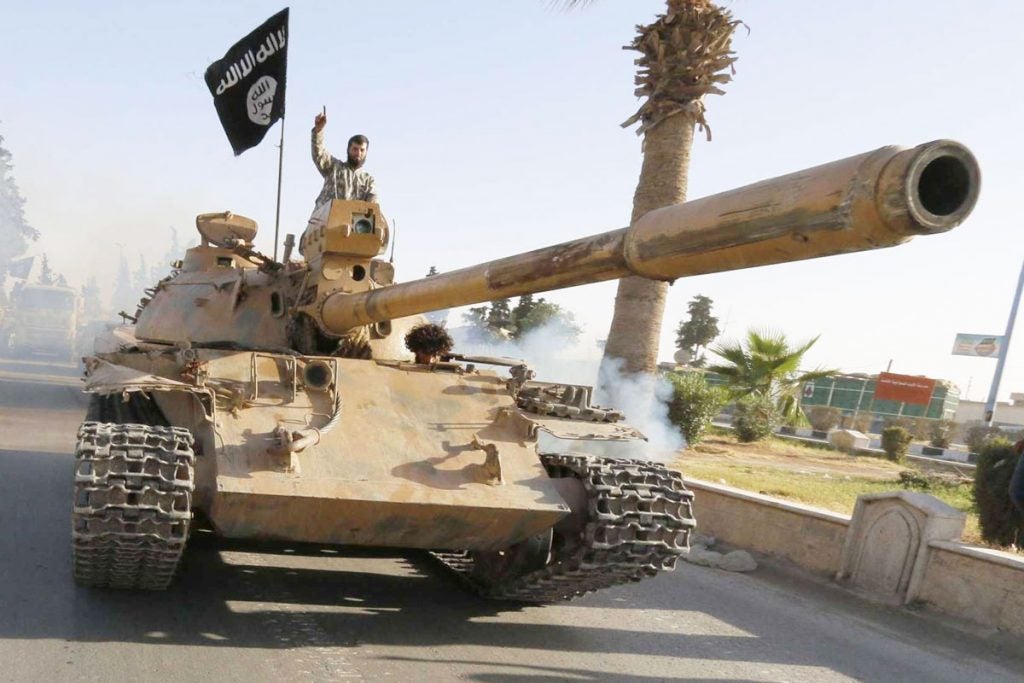In Profile: The Islamic State in Iraq and Syria (ISIS)
A radical Islamist organisation with roots in Sunni Wahhabism, ISIS is a Jihadist movement that seeks to establish a new Islamic Caliphate under Sharia law. Founded in Jordan as Jama’at al-Tawhid wal-Jihad (JTJ) in 1999 with the intention of toppling the Jordanian monarchy, the evolution of ISIS – also known as ISIL and locally as Daesh – is practically an example of militant group Darwinism in action.
Initially a non-entity, the American invasion of Iraq in 2003 and the ensuring chaos saw JTJ move to that country and gradually absorb other Sunni jihadist groups. In 2004 the organisation pledged allegiance to al-Qaeda and became known as al-Qaeda Iraq. Further mergers in 2006 led to the formation of the Islamic State in Iraq (ISI).
The group learnt its trade attacking American and Iraqi security forces. ISI experienced setbacks and lost significant strength during the American surge in Iraq in 2007. However, they slowly recovered and established a reputation for savagery in attacking civilians, particularly Shi’a Muslims. The ideology of the group, however, was uncompromising even by al-Qaeda’s hardly tolerant standards. This ardent ideological approach eventually led to division.
In 2013 the group’s leader, Abu Bakr al-Baghdadi, declared that Jabhat al-Nusra, al-Qaeda’s Syrian division, was to merge with ISI to form a single entity –the Islamic State in Iraq and Syria (or the Levant – ISIL). The announcement created a bitter divide in the group as individual fighters and subgroups committed their allegiance to either side.
Fighting between the two began. In February 2014, al-Qaeda formally dissociated itself from ISIS, leaving al-Nusra the sole representative of al-Qaeda in Syria. But this barely inconvenienced ISIS, who proceeded to seize much of the oil-rich Deir ez-Zor Governorate on the Iraq-Syrian border from al-Nusra by July 2014, providing critical funding.
The conquest was part of a massive expansion in ISIS territory and ambitions. Throughout the first half of 2014 ISIS fought for dominance against other Islamist groups and the Syrian and Iraqi governments. In a campaign that shocked the outside world ISIS conquered a large territory, routing opposition or else frightening them into acquiesce with their brutality. The Iraqi army, painstakingly rebuilt by the U.S. and foreign allies after the 2003 invasion, largely collapsed.
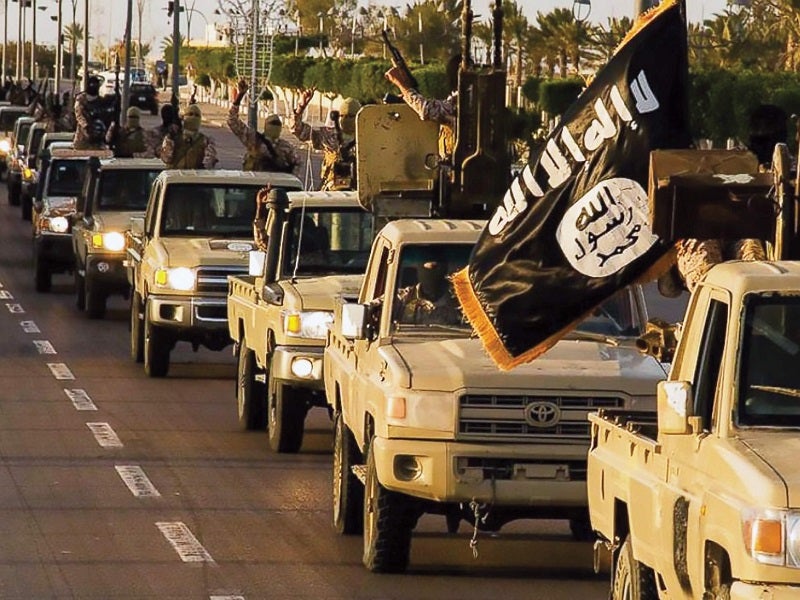
Major cities such as Tikrit, Fallujah and Mosul fell to ISIS, giving the organisation huge amounts of capital and military hardware, including high end systems such as M1 Abram tanks. It also gave foreign jihadists something to rally too. In June 2014 ,it was thought that perhaps as many as 12,000 foreign fighters had pledged their allegiance. This gave the organisation the “legitimacy” that it craved and on June 29, 2014 the Caliphate of the Islamic State was declared.
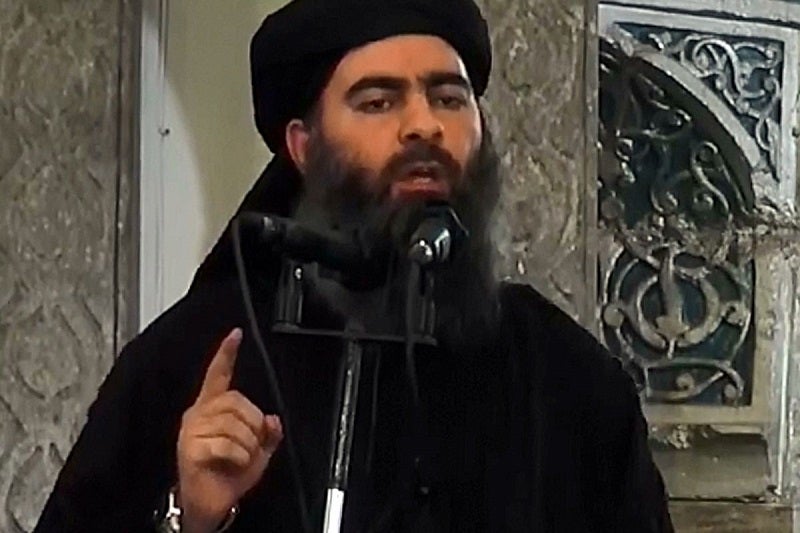
ISIS now claimed control over an area larger than Great Britain with a population of six million people and stood at the gates of Baghdad itself. From its newly self-declared capital in the Syrian city of Raqqa, ISIS began a rule of terror, massacring those it considered apostates – noticeably the Yazidis of Sinjar – and enforcing Sharia law through savage penalties and murder.
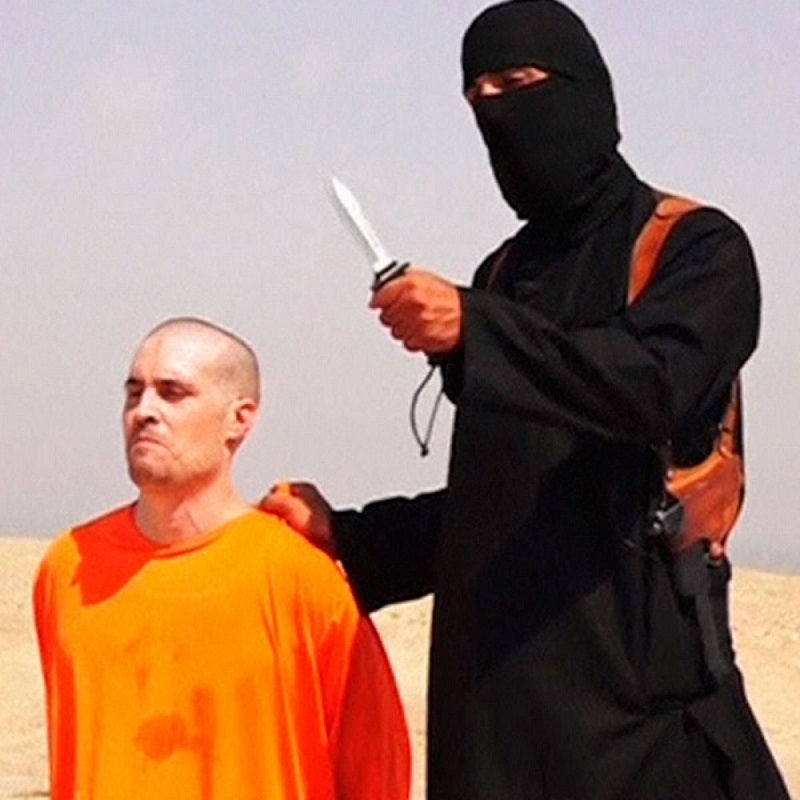
Such was the alarm caused that the international community began to mobilise forces to combat the menace. In August 2014,the United States Air Force began a bombing campaign, initially aimed at supporting Iraqi government forces but ultimately intent on destroying ISIS. In October of that year the U.S. named the campaign “Operation Inherent Resolve.”
An international coalition was formed with the intention of destroying ISIS. Western, Arab and the Russian air forces all began to bomb ISIS key points and troop concentrations, while also building up regional partners who could take on the Islamic State and liberate the captured territories. This ground fighting was largely undertaken by an unlikely coalition including the revitalised Iraqi Army, the Syrian state army and various Kurdish militias in Northern Iraq and Syria.
However, though beset against practically the whole world ISIS showed that its call for Holy War had an international following. Islamists groups across the world declared affiliation with the Islamic State and numerous atrocities were carried out by sympathizers across the world.
Rather than intimidating the world these actions hardened international opinion into dealing with IS. A bitter war was fought across Iraq and Syria that gradually saw the ISIS caliphate lose 95% of its territory, including Mosul – Iraq’s second largest city – and the Caliphate’s capital of Raqqa by the end of 2017.
2018 saw the campaign against ISIS shift to eastern Syria, where a U.S.-backed coalition of Syrian Kurds and Arabs known as the Syrian Democratic Forces (SDF) gradually ground down the last ISIS strongholds. The SDF had to suspend its offensive in November 2018 after Turkish attacks on Kurdish positions diverted its attention, but by December the SDF had reduced ISIS territory to a few villages along the Euphrates River near the Iraqi border.
The final blow to the Islamic State in Iraq and Syria came when the SDF took Baghouz, the final village under ISIS control in Syria on 23 March 2019. This was compounded when al Baghdadi, the leader and inspiration for the Islamic State, was killed by American Special Forces on October 26, 2019.
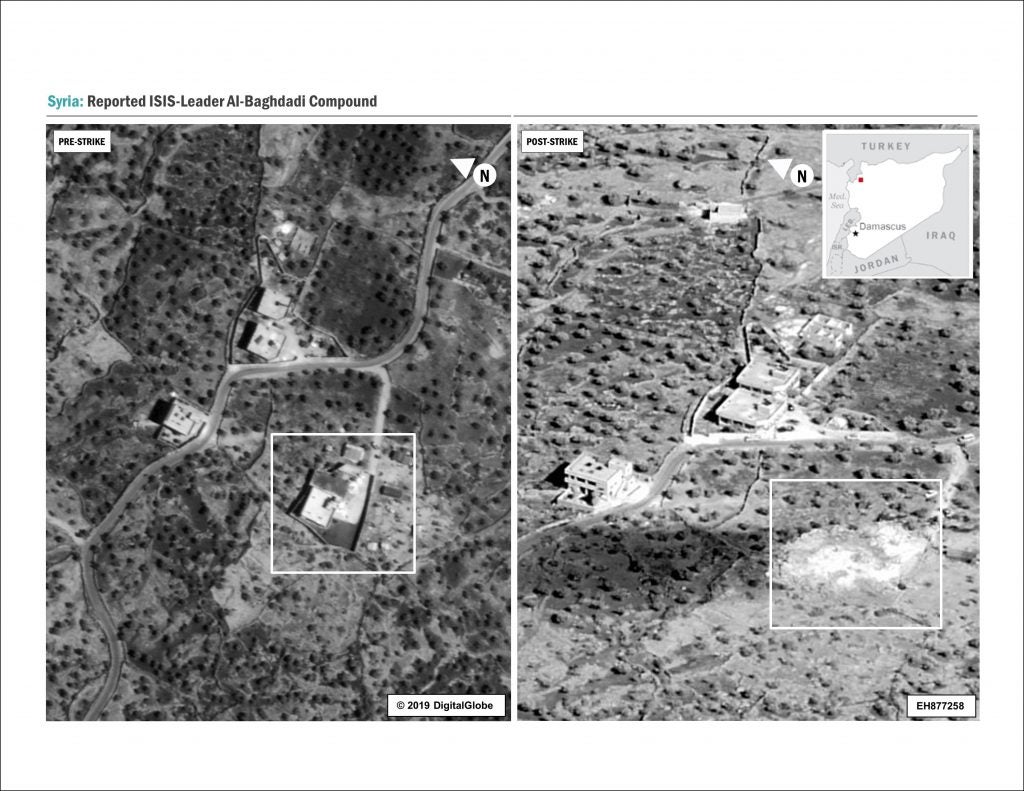
However, though the Islamic State has been destroyed its malign influence continues to be felt throughout the world. In 2017 a group claiming affiliation with the Islamic State seized the Philippine city of Marawi, leading to a five month battle by government forces to eradicate them. This has been followed by a group also claiming to be an IS affiliate coming to power in Mozambique and seizing a number of towns in the country throughout 2020 in the hopes of establishing a new caliphate.

Additionally, ISIS continues to cause terrorist incidents across the globe. To date, ISIS has inspired at least 140 attacks in 29 countries other than Iraq and Syria. Regrettably, though the Islamic State in Iraq and Syria may have been militarily destroyed, the ideology it created will continue to be a blight for the foreseeable future.

